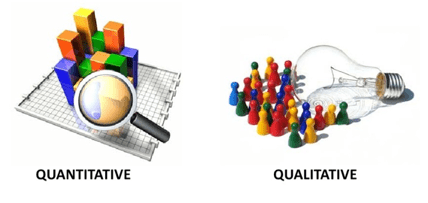October 5th, 2018

At the recent TAICEP conference in Philadelphia, PA, ACEI President & CEO, Jasmin Saidi-Kuehnert and Melanie Gottlieb, Deputy Director at AACRAO presented a session on Understanding the Different Credential Evaluation Philosophies. In this week’s blog, we will provide a recap of the key points addressed in the presentation.
Why are there different credential evaluation philosophies?
• Absence of a governmental body that helps shape standards to guide and monitor international credential evaluation
• U.S. institutions base their evaluation philosophies on their admissions models (open vs. threshold vs. holistic)
• Credential evaluation service providers are autonomous and are trying to produce a universally acceptable product to both university and the client
• State/Territorial Licensing Boards have unique academic requirements
• US Customs & Immigration Service enforce unique criteria for the purposes of employment-based visas
• Economics of higher education shape the way credentials are evaluated
What are the two credential evaluation approaches?
• Benchmarking
• Year-counting (Quantitative)
What is the Benchmarking approach?
• Benchmarking is usually more readily accepted at the pre-university level. (11 years, even 10, is not usually rejected by most institutions and credential evaluation services).
What is the Year-Counting (Quantitative) approach?
• Year-counting is much more rigidly followed at the post-secondary level where three year degrees/diplomas are not widely accepted for academic or professional purposes
Why Year-Counting?
• Used because an internal qualitative comparison is not always easy to do
• Quality is impossible to measure
• Quantitative comparisons, using the US model, are quick and easy
• It avoids the quality pronouncements that are just too subjective when comparing degrees
Why Benchmarking?
• The benchmarking method is where the significant achievements are compared throughout the education system
• Conclusion of primary, lower secondary, secondary, first post-secondary degree, terminal post-graduate degree
What is the best approach? Combination of Year-counting and Benchmarking?
• The best way to approach international credential evaluation is a judicious application of BOTH methodologies
What are the dilemmas of the dual philosophies?
• General Education courses (unique to US and US-patterned education systems
• Inequity (3-year Bologna-compliant Bachelor’s degrees treated differently than 3-year Indian Bachelor’s degree)
• Inconsistency in credential evaluation outcomes (e.g. evaluation prepared for a graduate admission differs than one for professional board)
• Stunted growth aka “Theory of Retarding Lead” (Has U.S., once leading in international ed, stopped innovating?)
• Global competition (more countries entering the field and vying for the international student market)
What are the practical concerns for credential evaluators?
• Credential Evaluation services prepare multi-purpose evaluations (for admission to HEIs, employment, professional licensing, immigration, each having unique requirements)
• Adopt one or continue with the dual philosophies (benchmarking for high school completion, year-counting for graduate degree comparability, or a combination)
• Remaining consistent
• U.S. HEI: autonomy does not allow for national evaluation standards and the staff at HEI’s who are most engaged with the topic may not have either the influence or the sophistication to make change
• The growing movement of the global recognition convention and its implications for the US
How do we resolve the concerns?
• Need for transparency from HEI’s on performance of those admitted to graduate studies based on 3-year degrees
• What are US HEIs doing to remain competitive globally?
• Some credential evaluation services have a mutual understanding of fundamental standards (e.g. AICE and its Endorsed Members adhere to the AICE Standards)
• Increased focus on training for HEIs to understand their role and increase their sophistication in the evaluation process
• Increased engagement with professional accreditors and state licensing boards
At ACEI, we apply both year-counting and benchmarking approaches when evaluating international credentials. Let us know which approach you use or prefer using and why. We look forward to hearing from you.

The Academic Credentials Evaluation Institute, Inc. (ACEI), was founded in 1994 and is based in Los Angeles, CA, USA. ACEI provides a number of services that include evaluations of international academic credentials for U.S. educational equivalence, translation, verification, and professional training programs. ACEI is a Charter and Endorsed Member of the Association of International Credential Evaluators. For more information, visit https://acei-global.org/.
